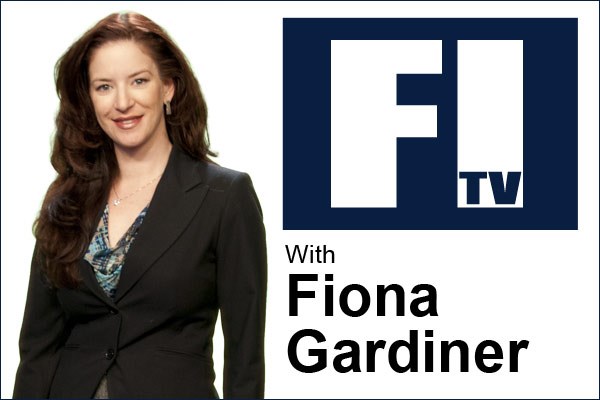During Pride month, there’s been a lot of discussion about flags, crosswalks, and the representation on television. Amid all the cheering for inclusivity, there’s always a few voices that complain. “Why do we need this? Then shouldn’t everyone get a flag or a special day?”
Funny how no one asks that question when a flag is raised for autism awareness or for the Raptors during the play-offs.
But the fact is, it is necessary to highlight certain groups as long as those individuals feel separate and outcast within our community. A flag is an easy way to make someone feel welcome and recognized. What requires actual effort is basic education and ensuring they are a visible part of our everyday lives.
Fortunately, television is slowly including more LGBTQ characters in its programming. Starting early.
In honour of Pride Month, Sesame Street introduced its first homosexual male family to its young viewers. In the episode celebrating “Family Day,” Nina introduces her brother Dave, his husband Frank, and their daughter Mia to the neighbourhood. Little background information is given. Instead, the characters talk about different types of families and what unites them as a family: Love.
Of course, for decades the show has boldly and honestly dealt with topics such as race, death, and even the pandemic. Yet, this episode definitely marks a milestone. And Sesame Street is likely to face some flak from critics as they have in the past with other LGBTQ characters and guests.
Last year, Tony-winner Billy Porter appeared on the show wearing his famous tuxedo gown and singing with a penguin. His performance had nothing to do with his sexuality. In fact, the song was about making new friends with people who are different – and discovering all the things that they have a lot in common.
Sure, he was wearing a skirt. But after a feel-good song about friendship, how many children would even care about his outfit? Nonetheless, Porter and the show came under fire.
The most common complaint is that the show’s viewers are too young to learn about gender and sexuality. Yet, they learn subtle clues about that every day at home.
Some claim it’s not the right format for the subject. But how many parents know how to broach such a subject appropriately? Sesame Street works with psychologists and child development professionals when crafting their characters, stories, and scripts. So if not on a show like Sesame Street, where should they start learning?
If kids are introduced to the LGBTQ community early, they’ll grow up understanding it. And those who feel they’re a part of it will then have support from all sides – as opposed to the youths who struggle alone and are five times more likely to become a suicide statistic.
If you accept the need for more colour and racial representation on television, why not the LGBTQ? They’re a part of the world. So they should part of our imaginary world too.
After all, they show us another side of humanity. You may not relate to them. That’s okay. But for those who do, isn’t it important that everyone sees? And is seen?

